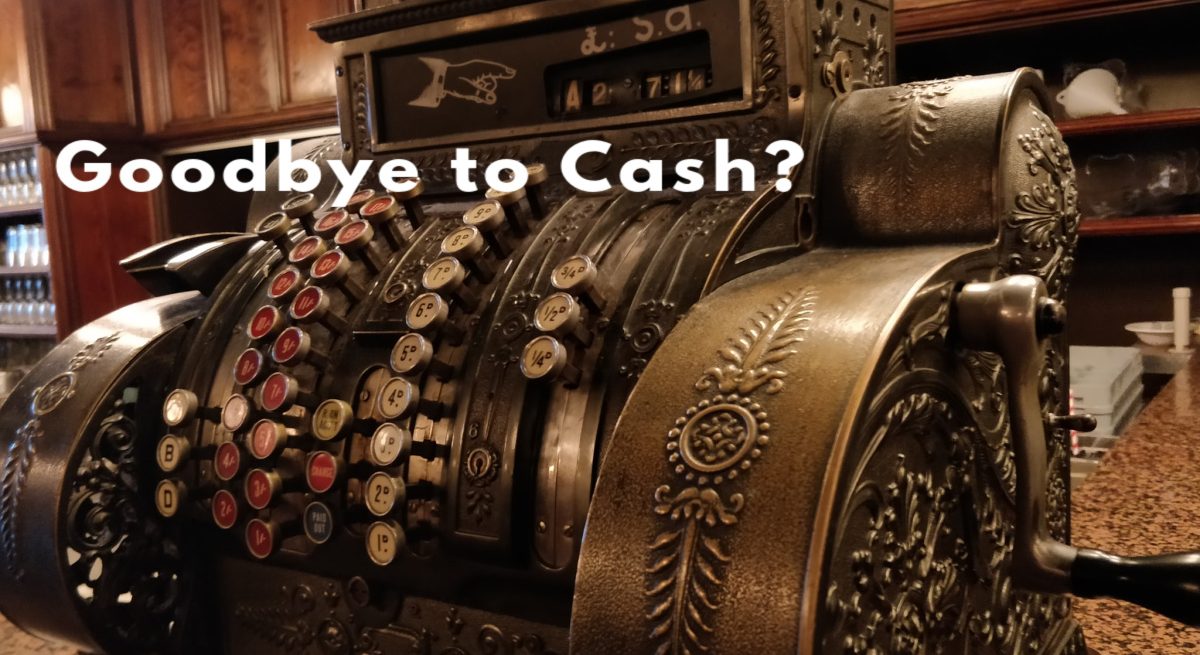Pros and Cons of a Cashless Restaurant Business
3 Min Read By Graham Campbell
“Cash or card?” With the rise of mobile payment and cashless options, this infamous question may soon be a thing of the past in the foodservice industry and beyond.Although the average American still carries cash in their wallet and uses it for nearly one-third of transactions, cashless restaurants are on the rise. Some view the cashless trend as discriminatory against patrons who can’t afford the costs associated with having credit cards, bank accounts or smartphones. According to the FDIC, 8.4 million U.S. households don’t have a bank account, while 22 percent of Americans don’t have a credit card.
Before adopting a system in which only cards or mobile payments are allowed, restaurant owners should balance the benefits against the risk of losing customers who prefer, or need, to pay with cash.
Reasons to Go CashlessFor many restaurant owners, the main incentive to go cashless is, first and foremost, to increase the bottom line. For example, to handle the average daily…
Sorry, You've Reached Your Article Limit.
Register for free with our site to get unlimited articles.
Already registered? Sign in!


